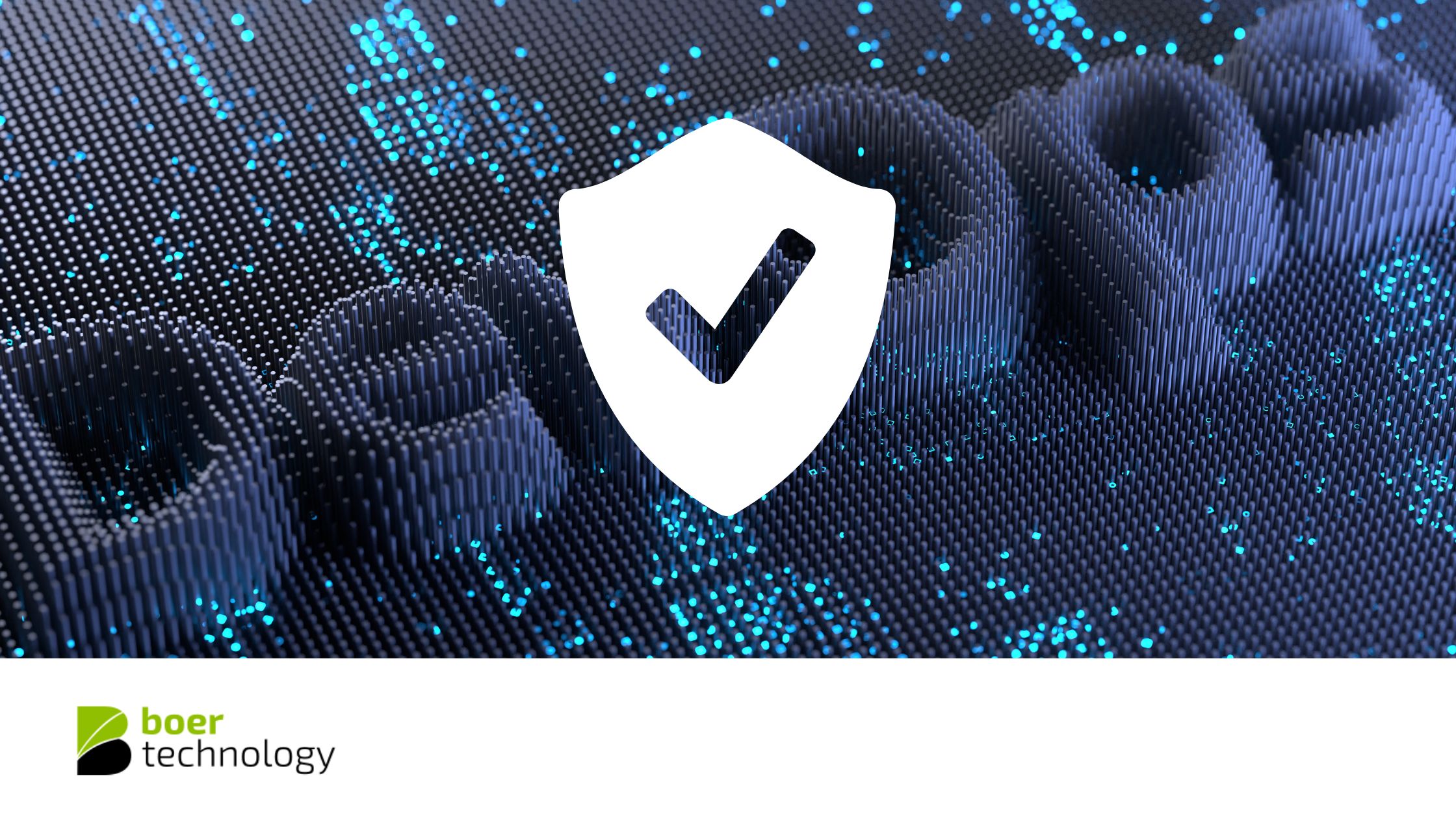DevSecOps Best Practices
Introduction
In the evolving landscape of software development, integrating security into every phase of the development lifecycle has become crucial. DevSecOps, which stands for Development, Security, and Operations, aims to embed security practices into the DevOps workflow. This approach ensures that security is not an afterthought but a fundamental aspect of the development process. In this article, we will explore DevSecOps best practices that can help organizations enhance their security posture and deliver high-quality software more efficiently.
Shift Left Security
One of the core principles of DevSecOps is shifting security left, meaning integrating security practices early in the development process. This approach helps in identifying and mitigating security vulnerabilities at the earliest stages, reducing the cost and effort required to fix them later. Developers should be provided with tools and training to write secure code from the outset.
Automated Security Testing
Automation is a key component of DevSecOps. Implementing automated security testing in the CI/CD pipeline ensures continuous monitoring and assessment of security vulnerabilities. Tools like Static Application Security Testing (SAST), Dynamic Application Security Testing (DAST), and Software Composition Analysis (SCA) can be integrated into the pipeline to automatically scan code for vulnerabilities.
Continuous Monitoring
Continuous monitoring of applications and infrastructure is essential for identifying and responding to security threats in real-time. By using monitoring tools and techniques, organizations can detect suspicious activities, anomalies, and potential breaches as they occur. This proactive approach enables quick incident response and minimizes the impact of security incidents.
Collaboration and Communication
Effective collaboration and communication between development, security, and operations teams are vital for the success of DevSecOps. Regular meetings, shared documentation, and collaboration tools can facilitate better understanding and alignment of security objectives across teams. Encouraging a culture of open communication ensures that security concerns are addressed promptly and effectively.
Infrastructure as Code (IaC)
Infrastructure as Code (IaC) is a practice that involves managing and provisioning computing infrastructure through machine-readable scripts. By adopting IaC, organizations can ensure that their infrastructure is consistent, repeatable, and secure. Security configurations can be embedded into IaC scripts, allowing for automated and consistent enforcement of security policies.
Security Training and Awareness
Continuous security training and awareness programs are essential to keep all team members updated on the latest security threats and best practices. Training sessions, workshops, and certifications can help developers, testers, and operations personnel understand the importance of security and how to implement secure coding and deployment practices.
Threat Modeling
Threat modeling involves identifying potential security threats and vulnerabilities in the application architecture and design. By conducting regular threat modeling exercises, teams can proactively identify and mitigate security risks before they manifest in the production environment. This practice helps in building robust and secure applications from the ground up.
Implementing Strong Access Controls
Access control is a critical aspect of DevSecOps. Implementing strong access controls ensures that only authorized personnel have access to sensitive data and critical systems. Role-based access control (RBAC) and multi-factor authentication (MFA) are effective methods to enhance security and prevent unauthorized access.
Secure Code Review
Regular code reviews are an integral part of the DevSecOps process. Secure code reviews involve scrutinizing the code for potential security vulnerabilities and ensuring adherence to secure coding standards. Peer reviews and automated code analysis tools can help identify security issues early in the development lifecycle.
Incident Response Planning
Having a well-defined incident response plan is crucial for effectively managing and mitigating security incidents. The plan should outline the steps to be taken in the event of a security breach, including identification, containment, eradication, and recovery. Regular testing and updating of the incident response plan ensure that the team is prepared to handle security incidents efficiently.
Conclusion
Adopting DevSecOps best practices is essential for organizations to build secure and resilient software. By shifting security left, automating security testing, continuously monitoring, fostering collaboration, and implementing strong access controls, organizations can significantly enhance their security posture. Additionally, continuous training, threat modeling, secure code reviews, and incident response planning are vital components of a successful DevSecOps strategy. Embracing these practices will not only improve security but also enable faster and more efficient software delivery.
Read Also: DevSecOps: Adding Security Testing Tools to Pipelines
Read Also: Integrating Incident Response into DevSecOps

